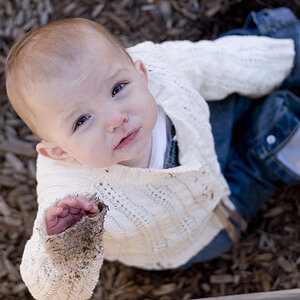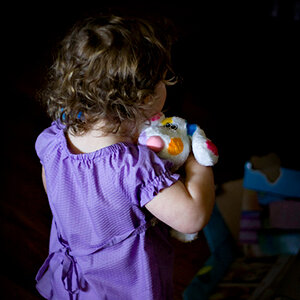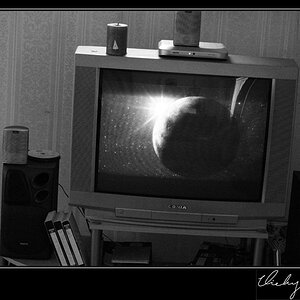- Joined
- Nov 19, 2010
- Messages
- 2,507
- Reaction score
- 440
- Location
- San Jose, CA
- Can others edit my Photos
- Photos OK to edit
I have a backdrop setup, and I have been using a roll of seamless black paper. However for video, the black is not deep and dark enough for me. I need a deep black backdrop by next Monday, and no stores around me seem to carry black Muslin. I am likely going to go to the fabric store and get black cloth of some kind. What is the best fabric to use? Also, using 3 lights / softboxes (continuous) what is the best way to light a single subject with the backdrop relaining as dark and black as possible?


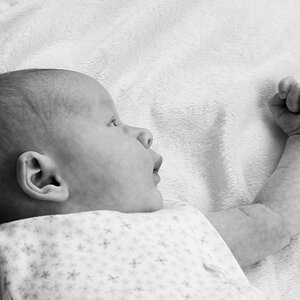
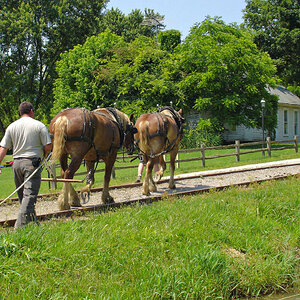
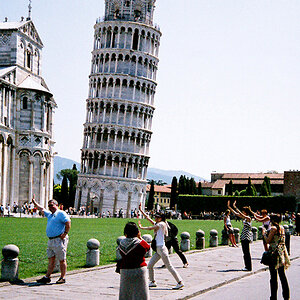
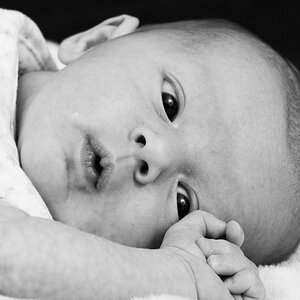
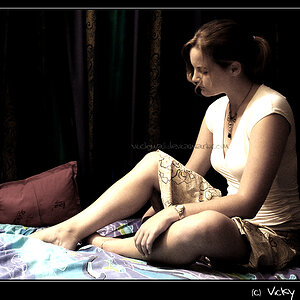
![[No title]](/data/xfmg/thumbnail/42/42275-2ca41f93a172e2e510afb46912a2bb61.jpg?1619740084)


![[No title]](/data/xfmg/thumbnail/42/42274-5bec1b32caba5fed4a680bc5be4d0202.jpg?1619740083)
